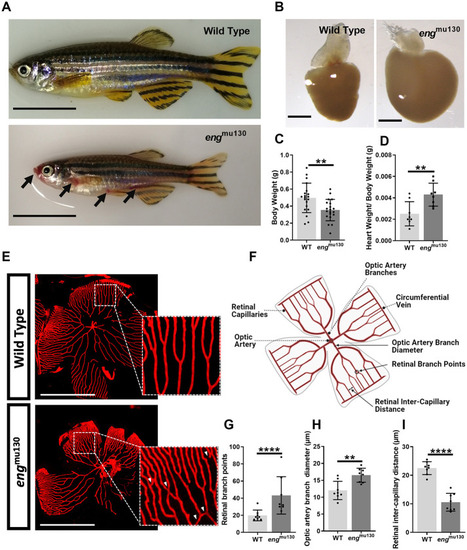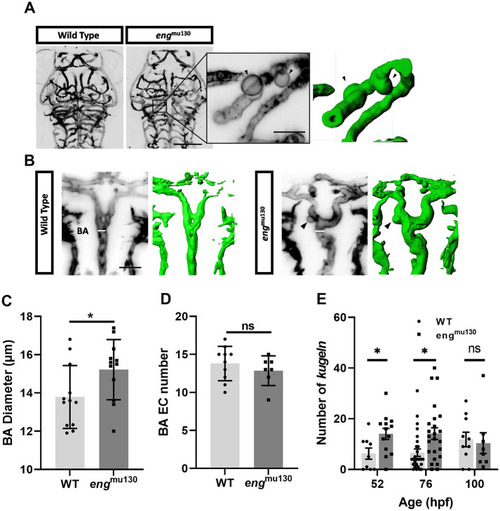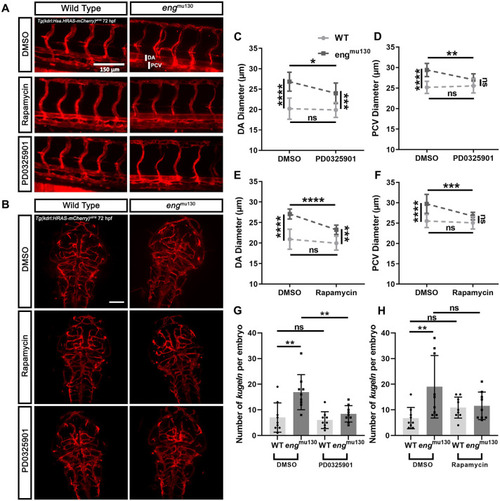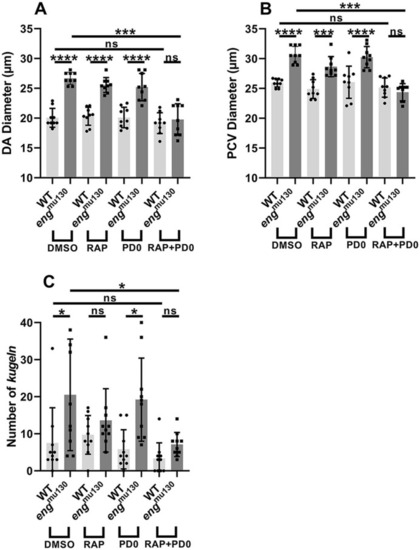- Title
-
Therapeutic targeting of vascular malformation in a zebrafish model of hereditary haemorrhagic telangiectasia
- Authors
- Snodgrass, R.O., Govindpani, K., Plant, K., Kugler, E.C., Doh, C., Dawson, T., McCormack, L.E., Arthur, H.M., Chico, T.J.A.
- Source
- Full text @ Dis. Model. Mech.
|
|
|
EXPRESSION / LABELING:
|
|
EXPRESSION / LABELING:
PHENOTYPE:
|
|
EXPRESSION / LABELING:
PHENOTYPE:
|
|
PHENOTYPE:
|





